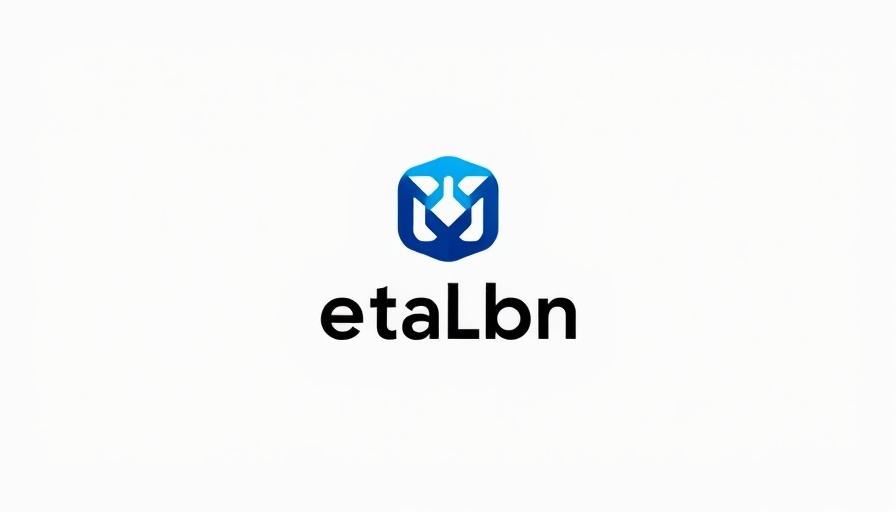
The Power of Brand Monitoring in 2025
As the digital landscape continues to evolve, brand monitoring is becoming increasingly essential for businesses aiming to harness their online presence effectively. By 2025, leveraging brand monitoring tools can significantly impact growth strategies, enhance client acquisition, and support brand reputation management. Businesses not only need to track their own brand's visibility but also how competitors portray themselves, allowing for a comprehensive understanding of market dynamics.
Understanding Brand Monitoring and Its Importance
Brand monitoring involves keeping an eye on various online platforms, including social media, forums, and review sites, to collect insights about your brand and its perception in the market. This practice helps identify both positive and negative sentiments surrounding your brand, enabling companies to proactively address concerns, celebrate successes, and fine-tune their marketing strategies. The urgency for such proactive measures has only grown in light of fast-tracked digital interactions during and post-pandemic.
Adapting Tools and Techniques
In 2025, brand monitoring will integrate advanced technologies such as Artificial Intelligence (AI) and Big Data analytics, providing deeper insights into consumer behavior. Utilizing AI-powered tools can help automate simple monitoring tasks, allowing business owners to focus on strategy rather than the minutiae of data collection. Organizations can set up alerts for mentions of their brand, competitors, or relevant industry topics, gaining immediate access to crucial public perception data.
Key Benefits of Effective Brand Monitoring
Effective brand monitoring offers a handful of significant benefits:
- Enhanced Reputation Management: With continuous oversight of what is said about your brand, you are better equipped to manage your public image and control narratives proactively.
- Improving Customer Engagement: Insights gained can drive more effective content marketing strategies, increasing overall customer satisfaction and engagement.
- Competitive Analysis: By monitoring competitors, businesses can identify their strengths and weaknesses, which can inform strategic initiatives.
Cultivating a Robust Brand Strategy
For growing businesses, a well-crafted brand strategy closely tied to brand monitoring practices is crucial. As brand perceptions change rapidly, organizations need to be agile in their approach. By regularly soliciting feedback from consumers and stakeholders, businesses can refine their messaging, products, and services to better meet market demands.
Future Trends in Brand Monitoring
The landscape of brand monitoring is bound to shift in the coming years. Some anticipated trends include:
- Real-Time Data Analysis: As technology becomes more sophisticated, the ability to analyze data in real-time will allow companies to quickly adjust strategies in response to consumer sentiment trends.
- Integration of Multichannel Strategies: Bridging insights from various platforms will provide businesses a comprehensive view of their marketing efforts.
- Focus on Authenticity: Consumers are increasingly favoring brands that present a genuine image over those engaging in disingenuous marketing tactics. Understanding perception through transparent monitoring will facilitate this authenticity.
Statistical Insights and Research Findings
According to recent studies, businesses that actively engage in brand monitoring see a revenue increase of up to 20%. Furthermore, analytics tools reveal that 70% of consumers are more likely to recommend brands that acknowledge negative feedback and make concerted efforts to improve customer interactions. These statistics underline the significance of brand monitoring as not merely reactive but as a significant factor in driving growth and building trust.
Actionable Insights for Business Owners
To make the most of brand monitoring:
- Create a brand monitoring plan outlining the platforms and tools to be used.
- Set clear goals: Understand what your business aims to achieve with brand monitoring.
- Regularly review and adjust your strategy based on new data and consumer feedback.
In the context of growth strategies, brand monitoring isn't just a tactical operation; it's integral to a business's long-term strategy in 2025. By continuously engaging with online conversations, companies can nurture relationships, drive consumer trust, and ultimately pave the path to sustainable growth.
For business owners who are serious about growth strategies, investing time into effective brand monitoring will yield long-term rewards. Companies must adapt proactively to ongoing discussions surrounding their brands and foster a robust, responsive approach to consumer engagement to thrive in this competitive landscape. Make your brand monitoring a priority—and watch your business flourish!
 Add Row
Add Row  Add
Add 




Write A Comment